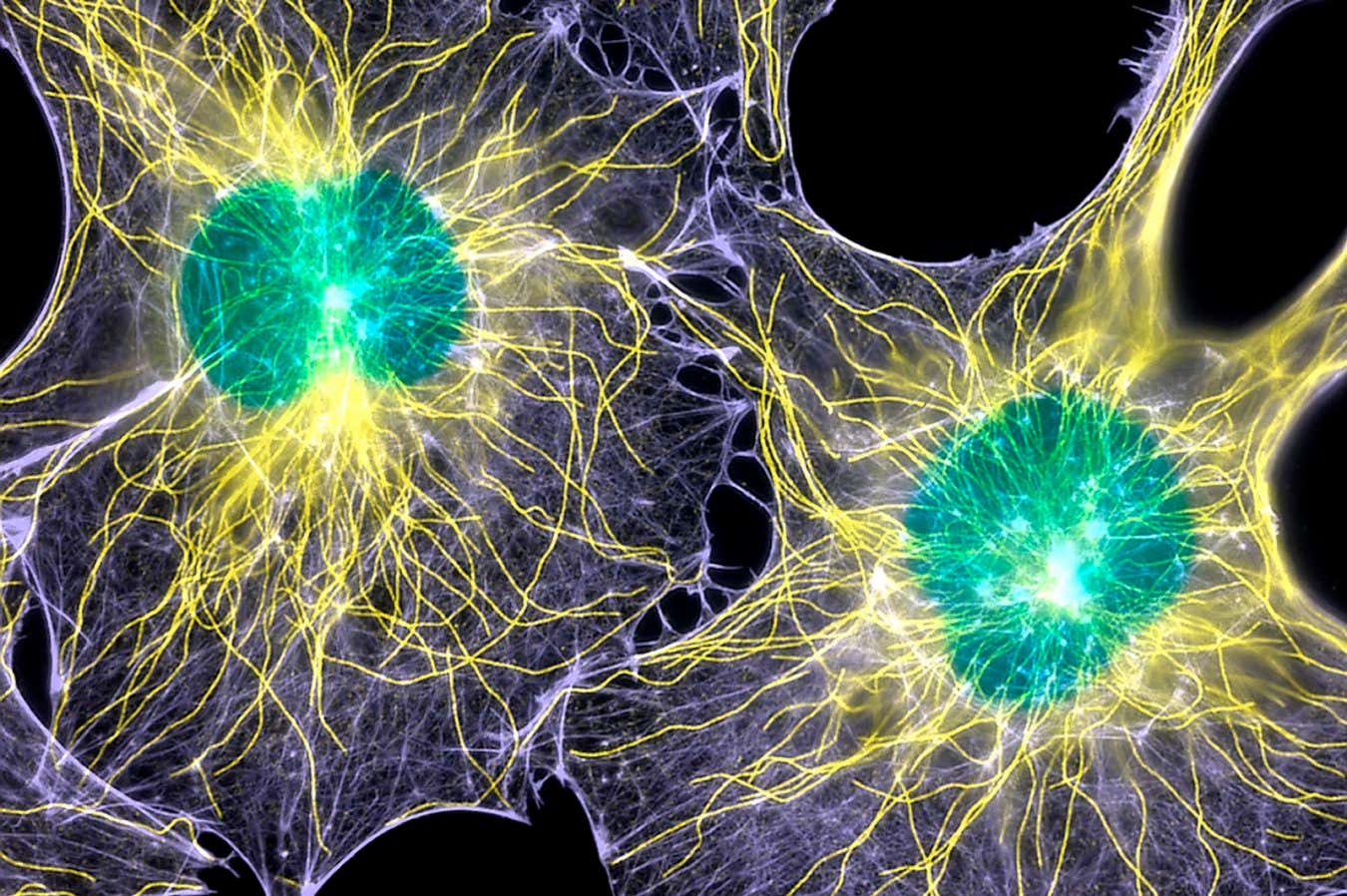We have now learned why wounds in our mouth don’t scar, which could lead to treatments that prevent such blemishes on the skin
By Carissa Wong
2 July 2025
Fibroblast cells, which contribute to the formation of connective tissue but are also involved in scarring
DR TORSTEN WITTMANN/SCIENCE PHOTO LIBRARY
New insight into how mouth wounds heal without scars could pave the way for treatments that prevent permanent blemishes or disfiguration of the skin.
“There’s millions of people who suffer from scars from so many things – injuries, surgeries, burns,” says Ophir Klein at Cedars-Sinai Medical Center in Los Angeles, California. “It’s a huge burden not just in terms of cosmetics, but in terms of function,” he says. For instance, a large scar may tighten the skin on your leg, hindering movement, he says.
Read more
The only four skincare ingredients that have been proven to work
Advertisement
To address this, Klein and his colleagues made use of the fact that wounds inside the mouth heal without scarring. “If you bite the inside of your mouth, not only does it heal more quickly than the skin, but it heals better in terms of not having a scar,” he says.
Looking into why this is the case, the researchers created 2.5-millimetre-wide wounds inside the mouths and on the faces of mice. They then collected tissue samples from the wounds as they healed over the following week.
The team examined cells involved in scarring called fibroblasts, and found that those in the mouth had greater activity in genes that encode proteins called GAS6 and AXL compared with fibroblasts in the skin. These two proteins are known to interact to enhance cell growth, migration and survival.
